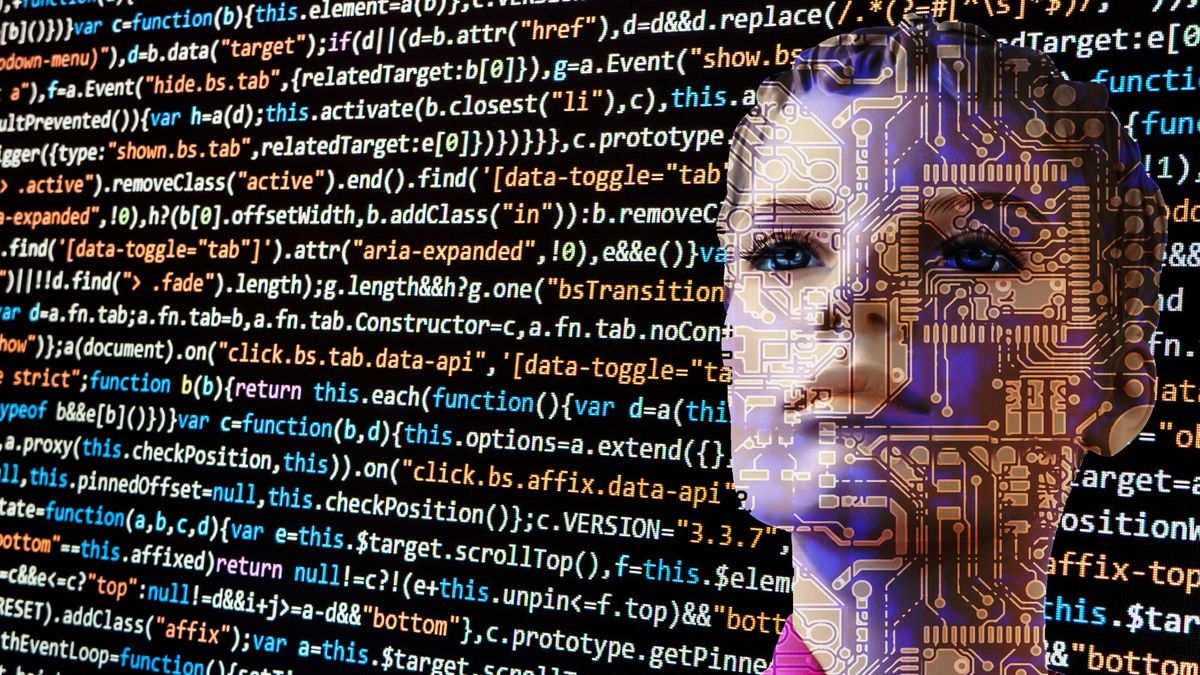Picking out individual ingredients from a dish can present itself as both an enjoyable and challenging aspect of dining. While professional chefs and food scientists dedicate years to honing their palates, a new advancement may allow robots to partake in this sensory exploration. Researchers have developed a robotic taster that integrates artificial intelligence (AI) with an electronic tongue, which is capable of detecting subtle flavor differences.
The Penn State research team recently published a paper explaining how the AI “brain” utilizes the artificial tongue to assess various aspects of food, such as the water content in milk, the bean composition in a coffee blend, and even the early signs of spoilage in fruit juices that a human might overlook. While electronic methods for identifying components in mixtures aren’t entirely new—machines have long been able to gauge acidity and temperature—the researchers have pushed the boundaries further. They’ve implemented AI to replicate the intricate processes by which our tongues, noses, and brains perceive taste, moving beyond basic pH detection.
Utilizing advanced sensors known as ISFET (graphene-based ion-sensitive field-effect transistor), the electronic tongue can concurrently measure a myriad of complex chemicals without the need for various sensors, such as thermometers and pH testing sticks. This capability generates an extensive amount of data, which standard computing processors would generally take time to analyze. This analysis might not reveal much about how diluted your milk is or the freshness of your orange juice. To address this, the researchers turned to AI in the form of a neural network that emulates certain aspects of human taste processing.
After training the AI on the influence of different chemicals on the electronic tongue’s sensors, the neural network demonstrated the ability to accurately identify varied soda types and juice freshness with over 80% precision. However, this was merely the beginning. By allowing the AI to independently devise its own methods for data analysis, accuracy improved dramatically, soaring to 95%, with rare instances of error.
The combination of detecting subtle food characteristics and employing AI to interpret their implications provides an impressive simulation of human tasting abilities. Notably, this system can discern nuances that are too subtle for human detection, such as milk that is not yet spoiled but is close to its expiration.
The potential applications of an accurate AI tongue extend far beyond purity and freshness tests in culinary settings. At its core, taste serves as a means to identify chemicals, indicating that an AI taster could be beneficial in various fields. For instance, it could assist in industrial environments or medical diagnostics by identifying disease biomarkers or monitoring health changes. Although these concepts remain in preliminary discussion stages, the emergence of the electronic tongue heralds significant possibilities for the future of sensory analysis.
Sign up for breaking news, product reviews, expert opinions, top tech deals, and much more!
Discover more from Marki Mugan
Subscribe to get the latest posts sent to your email.









